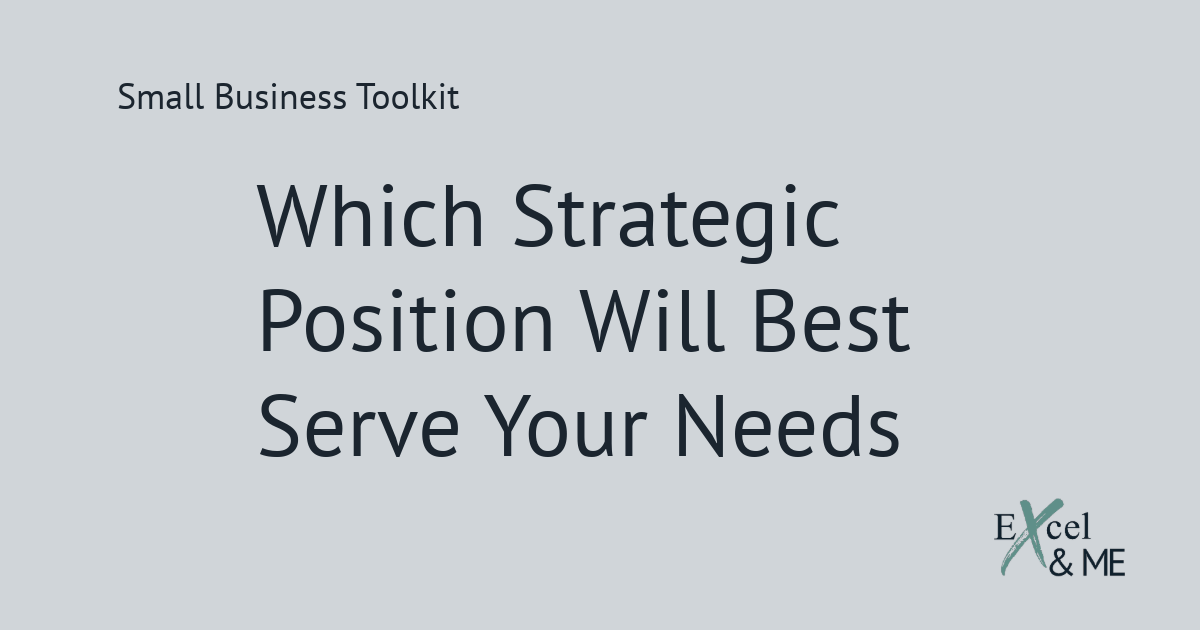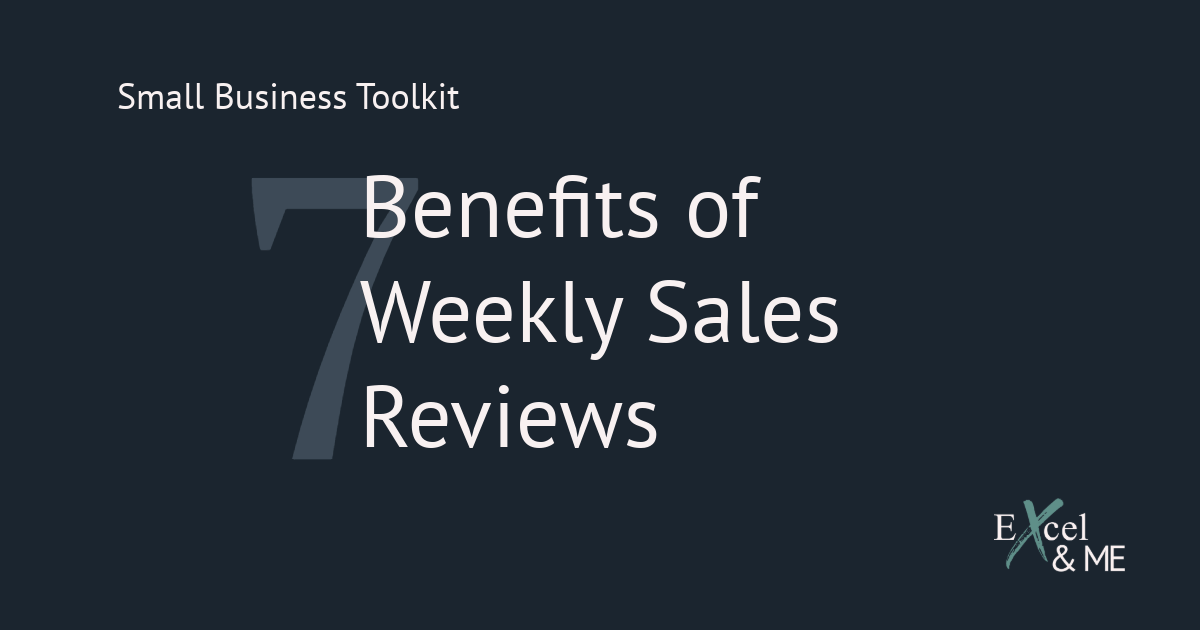How to Set Business Goals, You'll Actually Keep
While the New Year often feels ripe with opportunity, you’re likely well aware that business doesn’t always go according to plan — even in “normal” (read: non-post-pandemic, non-cost of living crisis, non-potential recession) years.
Studies show the primary yearly focus for businesses is growth. Typically this growth is optimistically planned, and targeting against increased sales and profits. Another common way the growth is targeted is by increasing market share.
Imagining the prospect of what doubling your annual sales could mean for your business. Will likely get you so excited about the end result that you forget about the steps you need to take to actually get there. However, to achieve the ambitious targets you’ll need a coherent guideline for how to set business goals that are designed to support the overall success, with tangible actions to help you navigate the year ahead.

7 Tips for How to Set Business Goals
1. Reflect On the Wins and Losses of the Last Year
Take a moment to reflect on the many highs and lows this year brought. Even if your overall trend line was positive, and upwards. There would have been a couple weeks or a month here and there that dipped lower than others. Or peaked higher than others. Give yourself some well-deserved recognition for getting through it all.
By starting from a position of looking at the holistic performance. You’ll begin to recognise the areas that present a “quick wins” for gaining organic growth in the upcoming year. Perhaps there was one product that you couldn’t keep up with the demand on. Or that one day when the website just wasn’t playing ball.
2. Start Small and Get Specific
Often the temptation is to set a lofty “go big, or go home” sales target and then work backwards from there. The challenge with doing this, is that it can get overwhelming very quickly. For example, there’s approx. 40million 18 – 64 year olds in the UK. And if each of them spent as little as £1 on your business you would be a millionaire. But how do you get each of them to spend that £1.
A much less overwhelming way to set your business goals for the New Year. Is to utilise insights from performance analysis to identify the small and specific changes you can make, to build on the prior year’s performance.
Doing it this way makes it clear from the get go how you’ll achieve the growth. And also at what point in the year the growth is expected. Using the SMART framework (S – specific, M – measureable, A – attainable, R – realistic, T – time-bound) to provide the details on how you will turn the insight into action. Will provide a clear objective, with plenty of detail and a realistic deadline. Which will also make it easier to review performance when the time comes.
"Give your goals plenty of detail and deadlines."
3. Use Your Why
As you begin to set your business goals for the upcoming year, include some business soul searching. What do you want to achieve this year and, more importantly, why? Do your ambitions align with yours and your businesses values?
If you set goals that are at odds with your core values and beliefs, it will be harder to remain motivated and committed to achieving them should things drift off course.
If you are a business focused on sustainability and environmental action. The “traditional” way of growing sales by selling more stuff, wouldn’t fit your brand ethos. Leveraging insights from qualitative performance data, can help identify the ways in which your businesses difference resonates with your customers. Perhaps there was a particular product that got high reviews. Or a social media post that had high engagement. Or a particular benefit customer’s reference they get from using your products or engaging with your content.
Strategically using this feedback, is how to set business goals that utilise your competitive edge.
“Your businesses difference, is its superpower.”
4. Choose a Theme for the Year
Insights from performance analysis are only valuable if they can be translated into actions. Or used to inform decisions. And to do this well, the insights need to be given context, or a theme or perspective.
You’ll want to be sure the reflections on the previous year’s performance are translated into actions that can move you away from what happened previously. And towards the intended outcome for the upcoming year.
The chosen theme needs to be non-metric specific. This is because at several points in the year metric targets will be at odds with one another. And when decisions need to be made, at pace. Measuring the impact of a single decision against multiple variables, will make it difficult confidently decide on the “right decision”.
Many companies call this theme a “North Star”. In essence it’s the tie-breaker question between two conflicting decisions. To assess whether decision A or B will enlarge or diminish the ability to uphold the longer term theme. Rather than assessing if decision A or B will generate more or less of a specific metric.
5. Set Monthly Targets
This might seem like an obvious one but it can be easily overlooked.
By now you’ll have a few data-led goals noted down, along with their detailed objectives. The urge will be to just get on with it. And it is at this point when your goals needs to be broken down further into monthly targets. These will typically be the numerical values that need to be achieved throughout the year, in order to add up to the desired outcome. When setting these monthly targets it’s beneficial to create a tracking document at the same time. This way it will be easier to monitor performance and progress in the year ahead.
This is especially helpful when you have a big goal. As you’ll be able to see up front what “landmarks” you have to hit. And in some cases can help as a sense check as to whether what your aiming for is feasible as well as achievable.
6. Choose in Advance What to Fail at
This might seem counter-productive. You’ve just completed a deep-dive into the previous year performance. You’re insights have turned into objectives, you’ve picked a theme and set monthly targets. Everything looks achievable.
However, as you will likely already know business does not always go to plan. And accepting our limitations to manage, and meticulously plan how the year ahead will turn out. Will help you make the most of the year ahead.
Choosing a business goal to fail at in advance is kindness, to yourself. It means that further down the line you won’t feel so bad about not achieving it. And will have more motivation along the way to really go all in for achieving the goals you selected you wanted to achieve above all else.
7. Select KPIs to Monitor Your Progress
The final tip for how to set business goals, you’ll actually keep. Is to choose the right KPIs to help you monitor your progress.
KPIs are a measure of performance that can be monitored as frequently as daily or as infrequently as quarterly. They need to be specific to the goals you have set. And easy to relate back to actions that are within your control. That way it is easier to demonstrate what actions are guiding the progress towards the goal. And which actions are taking you farther away.
Like this post? You should see my newsletter.
Subscribe to the Excel & ME newsletter to get updates that will empower you to inform your business decisions with data.








